Hey all! Real Farmer Jeff here.
Freeze dryers are incredible machines. They remove moisture from foods while preserving nutrition, color, flavor, and texture. Because they remove nearly all water, freeze-dried foods can be stored for extremely long periods. Sometimes up to 25 years if packaged correctly!
My Harvest Right freeze dryer has been one of my favorite toys this year. I’m fascinated by the technology behind freeze dryers, so I wanted to break down how they work in the blog post below.
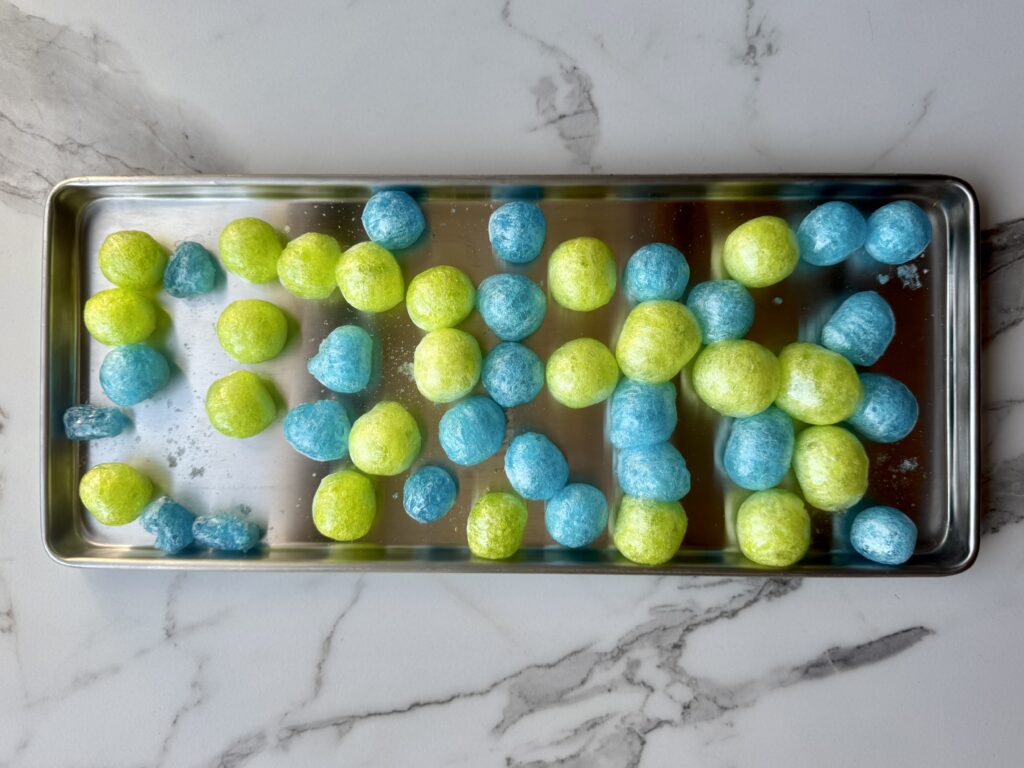
Freeze Drying Process
1. Freezing the Food
Freeze-drying always starts by freezing the food solid. Many home users get better results if they pre-freeze their foods in a regular freezer first.
Why pre-freezing helps:
- It ensures the food freezes uniformly and prevents large ice crystals that can damage cell structure.
- Speeds up the freeze-drying process since the freeze dryer doesn’t need to spend extra time freezing thick or water-rich items.
What happens if food isn’t completely frozen to start?
- Ice crystals may melt and collapse during the vacuum stage. This can result in poor texture, soggy spots, or longer drying times. While the process won’t completely fail, results may be inconsistent.
Modern home freeze dryers can reach very low temperatures, often down to -40°F (-40°C) – but pre-freezing is still recommended for best results.


2. Creating a Vacuum
The freeze dryer uses a vacuum pump to lower the pressure around the food. Normally, ice would melt as it warms. However, under low pressure, it sublimates. This turns ice directly from its solid form to water vapor without becoming liquid.
The water vapor is pulled off the food and captured on cold condenser plates inside the machine, where it freezes again. This prevents the water from reabsorbing into the food.

3. Gentle Heating to Remove Water
Once the vacuum is established, the machine gently warms the trays to drive sublimation.
Temperature note:
- Home freeze dryers often go up to 120°F at maximum, which is still carefully controlled to avoid cooking the food.
- Most foods are dried at slightly lower temperatures (95–105°F), but dense or water-rich foods may be warmed higher to ensure complete moisture removal.

4. Monitoring Moisture
The freeze dryer cannot directly sense moisture inside the food. Instead, it predicts remaining moisture using:
- Vacuum pump readings (strength and stability)
- Temperature of the trays
- Duration of the drying cycle
These indicators help the machine estimate when most water has been removed. Dense fruits, thick sauces, or large pieces of meat may require extra dry time to ensure no trapped moisture remains. Luckily you can easily add dry time at the end of each cycle, which I sometimes do for high-moisture foods (e.g. milk).
5. Removing the Water
At the end of the drying process, the freeze dryer expels the water it removed from the food through a hose. This can drain into a bucket, sink, or other drainage system.

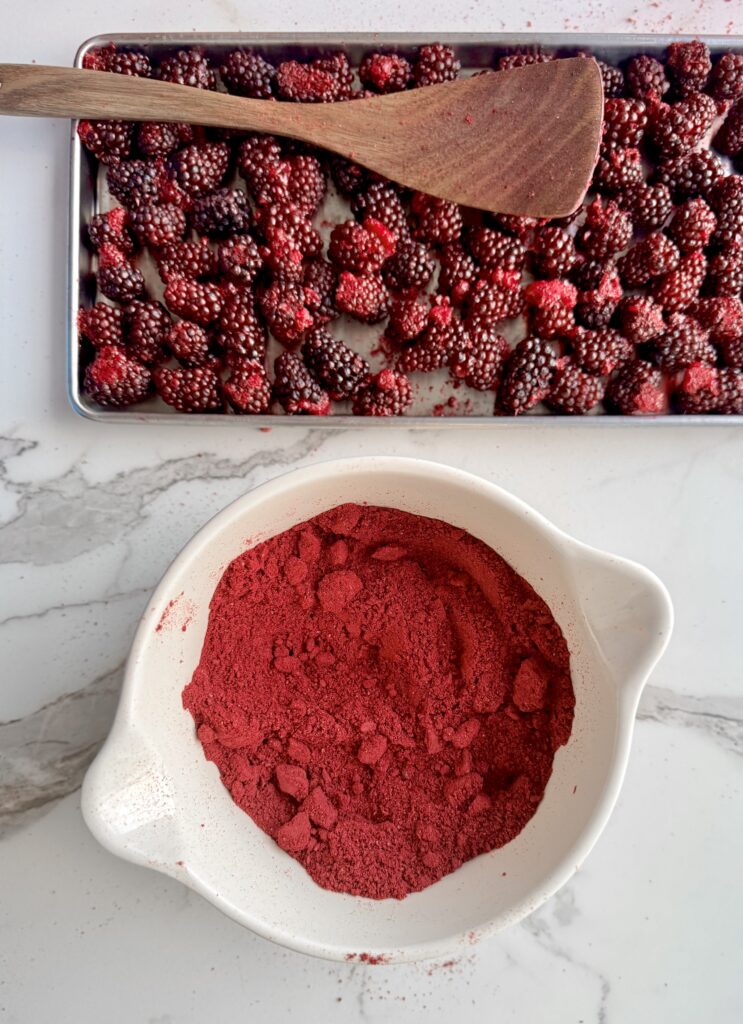
6. Customizable Cycles
Advanced freeze dryers allow you to adjust:
- Freezing times
- Drying temperatures
- Vacuum cycles
This helps optimize results for different foods.
Processing time:
- Small, thin items might finish in 5–6 hours.
- Thick or water-rich foods can take 30–40 hours or more.
- Fun fact: Some very dense items, like whole pumpkins or large pieces of meat, may take up to 60–72 hours to fully freeze-dry!
7. Finished Freeze-Dried Food
Once complete, the food is:
- Lightweight and crisp
- Shelf-stable for years if properly packaged
- Fully retains color, flavor, and nutrition

Tips & Crucial Info for Beginners
- Pre-freezing is strongly recommended to maintain texture and reduce drying time.
- Thickness, density, and surface area matter: Thin slices with more surface area relative to their volume dry faster than thick chunks. Cutting food into uniform, smaller pieces with more exposed surface helps the freeze-dryer remove moisture more efficiently and evenly.
- Proper packaging is essential to maintain shelf life, vacuum-sealed bags or Mylar with oxygen absorbers work best.
- Extra dry time can help dense foods finish completely.
- Keep freeze-dried foods sealed to prevent moisture absorption: freeze-dried foods will quickly absorb moisture from the air.
- Risk of under-drying vs. over-drying: Slightly over-drying is generally safer than under-drying because it prevents trapped moisture that could cause spoilage. Plus, the extra crispiness from over-drying is often desirable, giving foods a light, crunchy texture that many people enjoy.
- Vacuum strength and stability indirectly indicate drying progress so watch these to prevent under- or over-drying.
To learn more about the best foods to freeze dry, check out my blog post here.
Thanks for reading along, guys! If you enjoyed this, check out my other gardening blog posts:
- How to Start a Garden on a Budget for Under $100
- 4 Reasons Why Tomatoes Are the Best Vegetable to Grow
- My Garden Setup: 3 Best Garden Containers for Every Gardener
- When to Plant Indoors vs. Outdoors: A Seasonal Guide for Gardeners
- Essential and Nice-to-Have Garden Products for Your Perfect Setup
- Starting Seeds vs. Buying Transplants: How to Decide for Your Garden
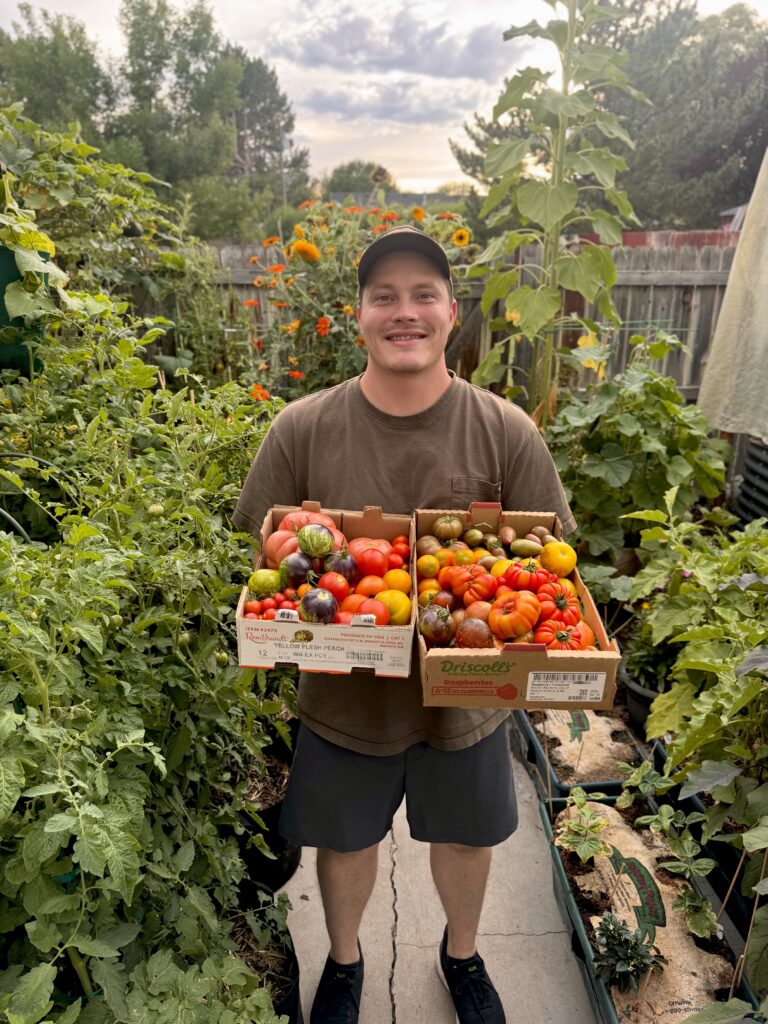




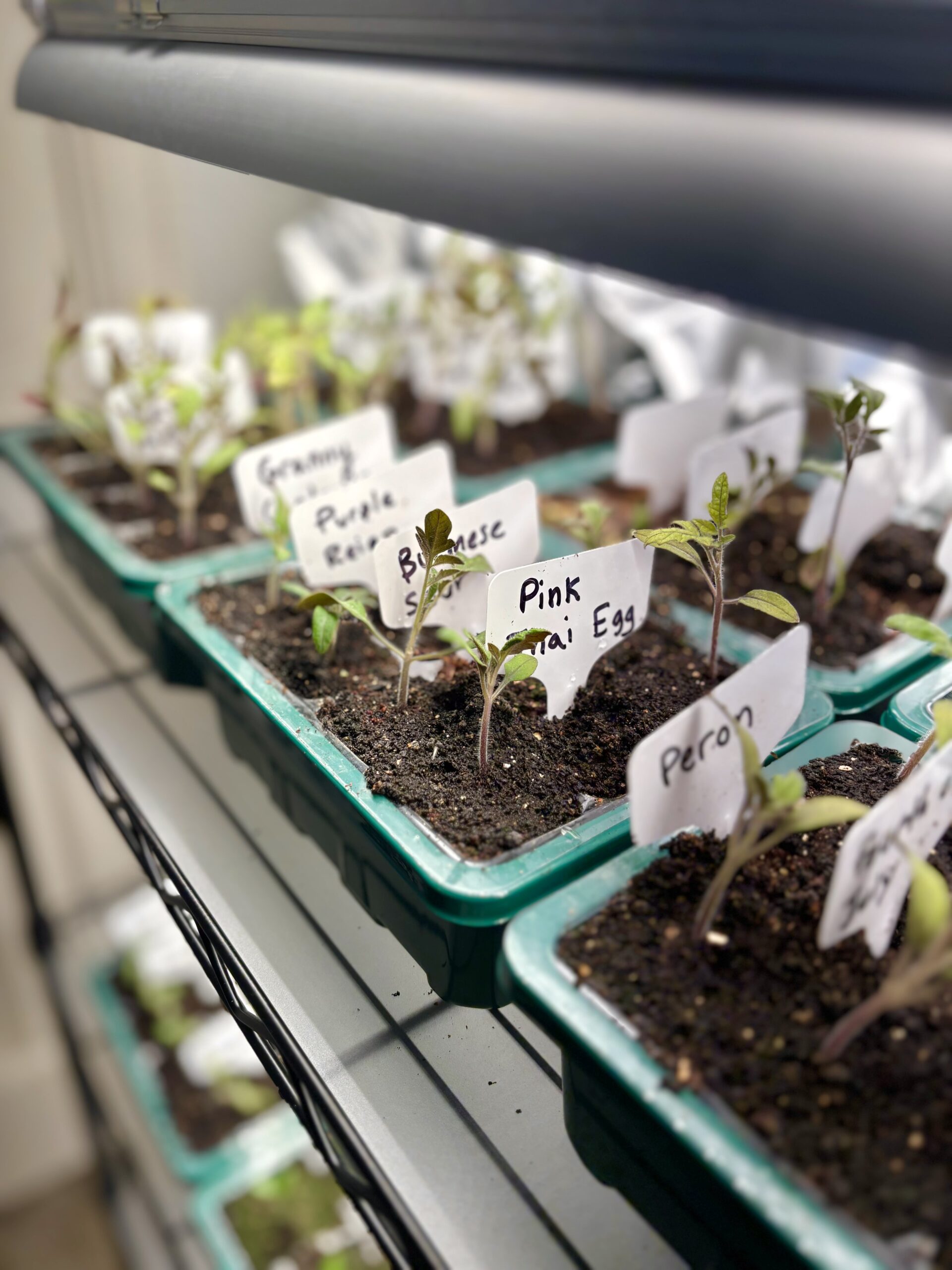
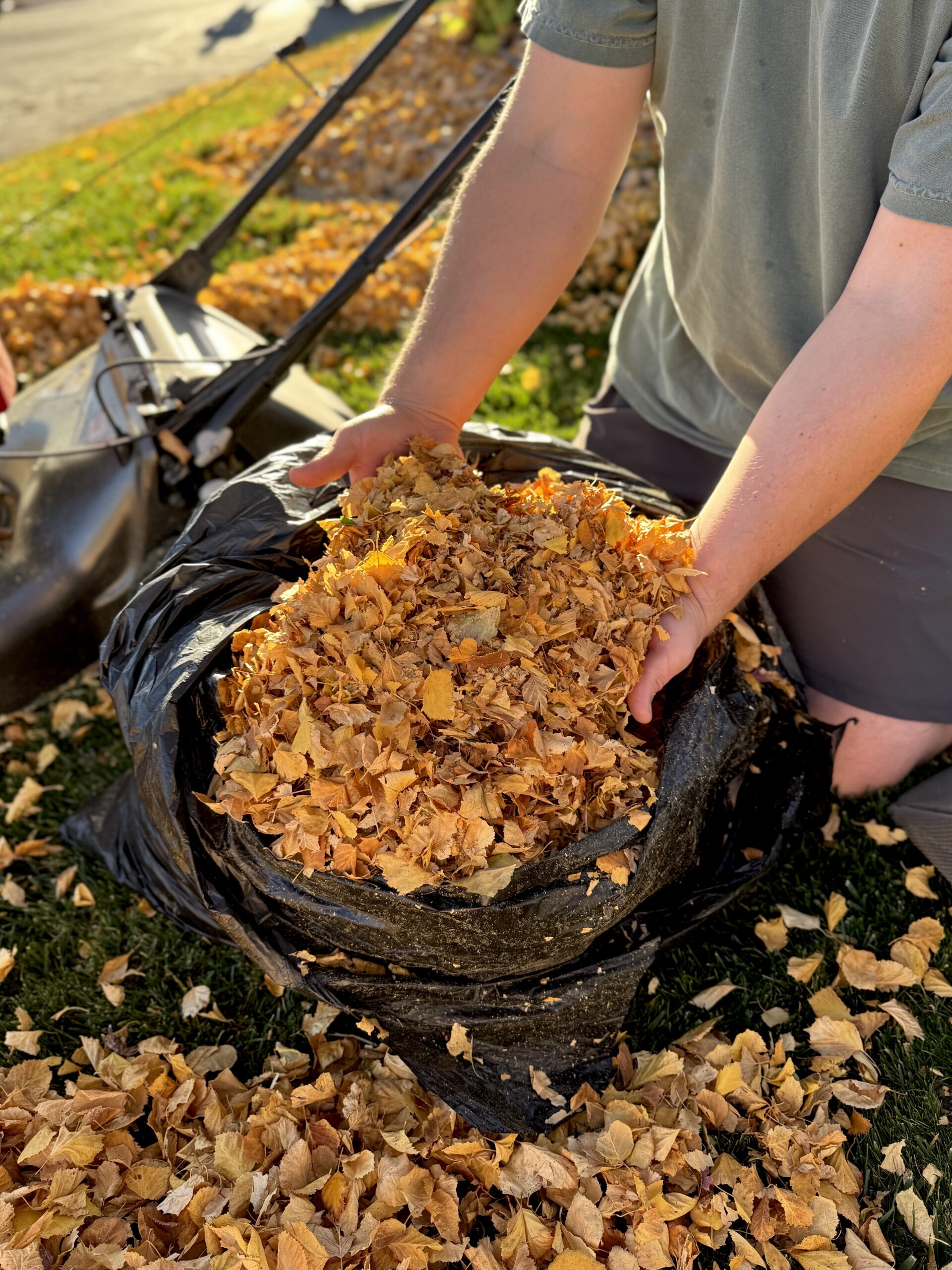
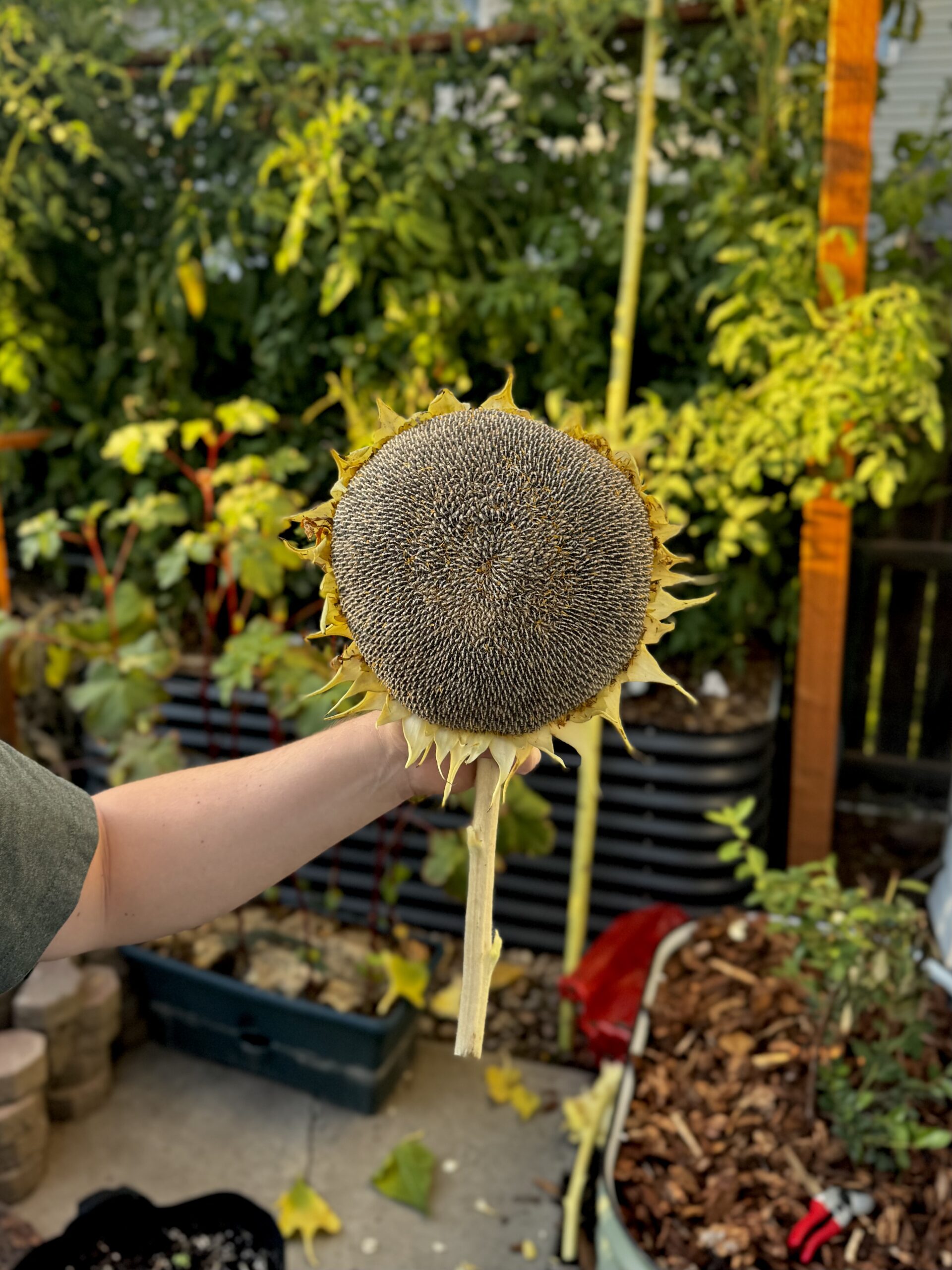
0 Comments